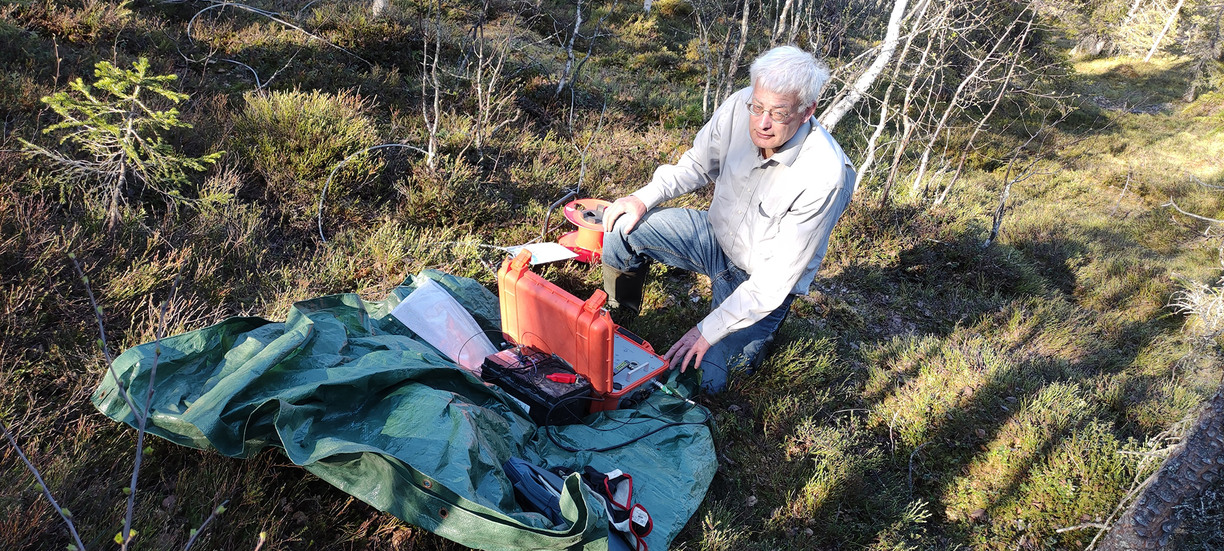
30 June 2021
Researchers map the geology around Gällivare
During this summer, researchers from Luleå University of Technology map the geology around Gällivare with the help of geophysical measurements in the so-called D-Rex project. A number of large-scale geological structures in the area goes from the Swedish-Finnish border and 50 km south to Arjeplog. These structures have most likely been important for ore deposits in the Gällivare area.
The geological development of the bedrock in Norrbotten includes a long series of events that extend over a period of more than three billion years. There is very little information about the bedrock at very great depths, ie depths that cannot be investigated with, for example, drilling. To obtain information about the bedrock all the way down to more than 100 kilometers below the surface, the Division of Geosciences and Environmental Engineering conducts geophysical measurements.
– The main aim of project is basic reseach, but the results may have an impact on how exploration for minerals is planned in the future. Similar projects are underway in Australia and North America with the aim of understanding which geological processes are important for ore formation, says Thorkild Rasmussen, professor at Luleå University of Technology.
Knowledge of the bedrock
On the surface of the earth, weak electric currents and magnetic fields are formed, mainly as a result of electric currents over 100 kilometers above the earth, in the upper ionosphere. The currents in the Earth's ionosphere are very strong, giving rise to the Northern Lights, but the currents that form on the Earth's surface are extremely weak; the charge in a standard button cell battery is about 150,000 times greater.
In various places around Gällivare, the researchers will during the summer register and measure electric fields and magnetic fields with the help of electrodes and sensors. Each measurement takes about a day.
– Although the currents on the surface are very weak, they reflect electrical properties at much greater depths. By registering these currents, you can find out the bedrock's electrical properties and structure deep into the ground, explains Maxim Smirnov, project manager.
The investigations began on May 1 and are expected to last for three months. Thereafter, researchers at Luleå University of Technology will analyze collected data over the next two years.
– When all measurements have been completed, we will make calculations that describe the earth's electrical conductivity in depth. With the help of this information, we can find out how the Swedish bedrock was formed and how this bedrock has been affected by various natural processes since then, says Thorkild Rasmussen.
- ERAMIN2 project D-Rex
 External link, opens in new window.
External link, opens in new window.
Project D-Rex is funded by the ERAMIN2 research & innovation programme
Published:
Updated:
